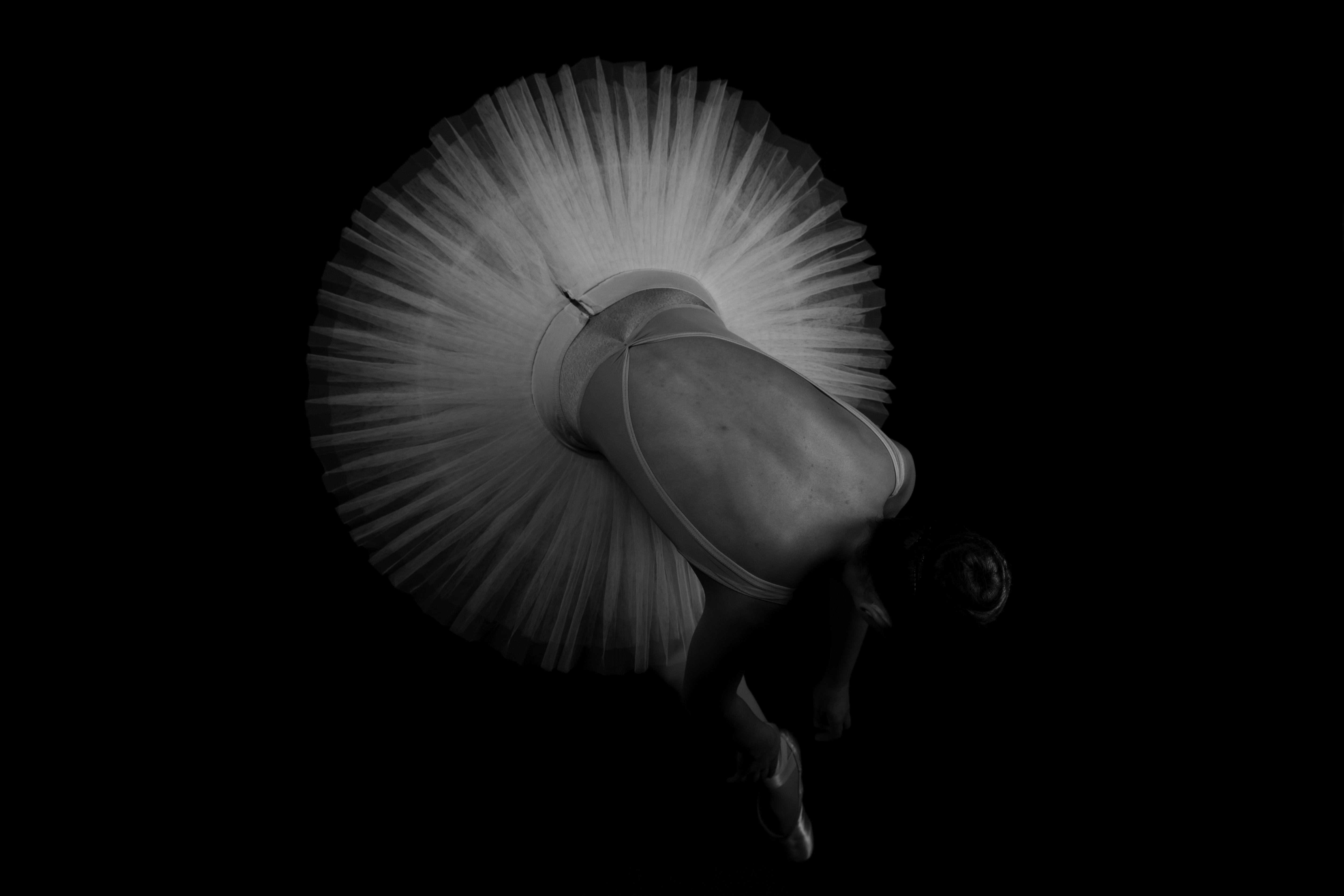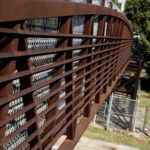Words by Emilia Schempp
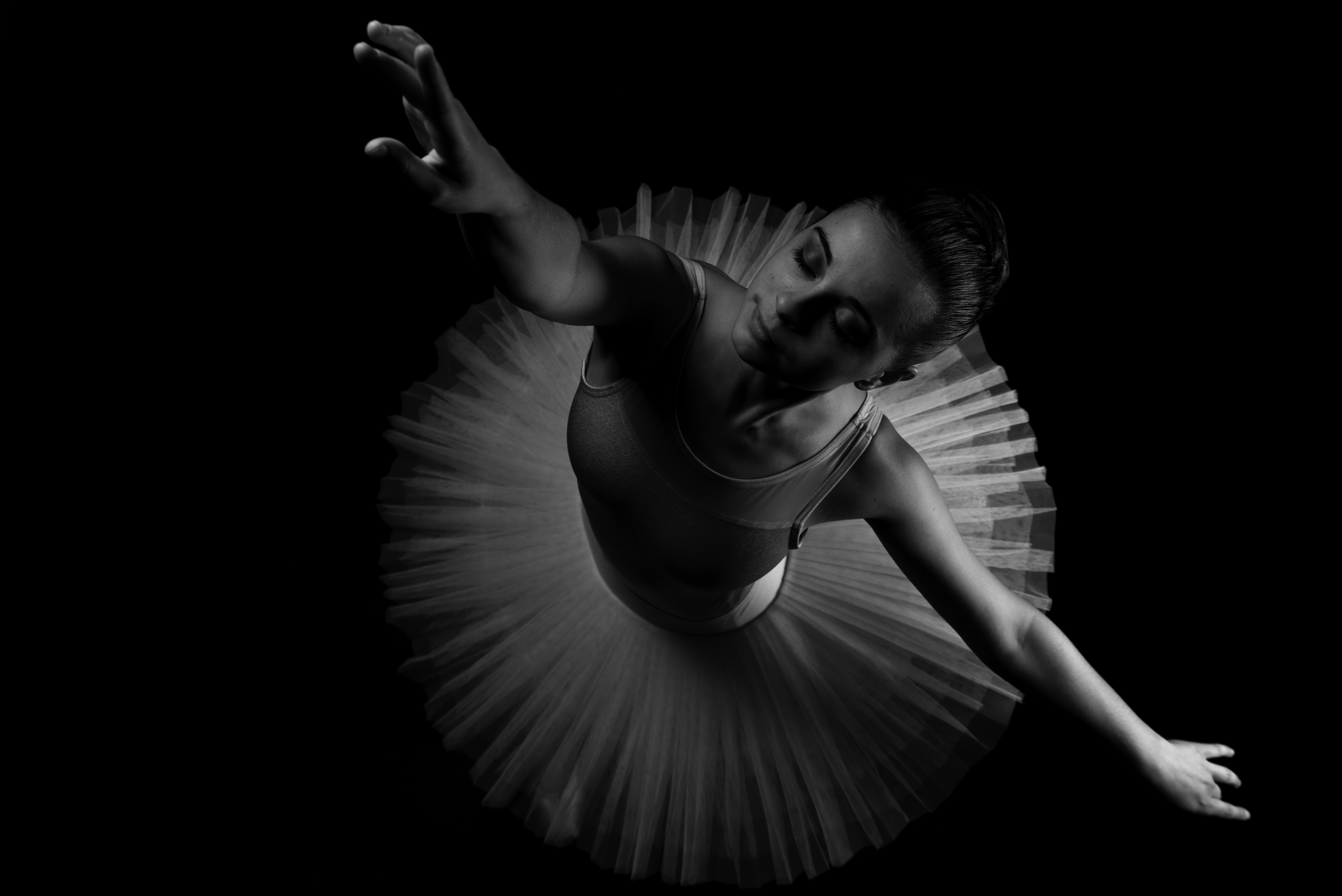
How do you create line with the body in dance?
Line is created within the body through the points of equilibrium. One could picture placing this point of equilibrium at the center of a coordinate plane and the limbs that are extended from this center or point of equilibrium must all balance out in force if the dancer is to remain balanced or create the essence of free fall motion. Line could also be thought of as the energy that reaches out from one end of a shape to the other. Perhaps as a dancer extends their leg out in a low first arabesque, you could picture the energy extending out through the shoulder, through the upper arm, lower arm, all the way through the wrist, hand and fingertips and beyond. This energy would extend far past the fingertips into the space in this long, linear line and even further up through the wall or ceiling, depending on the height of the arm. The energy through the back leg would do the same, extending past the hip, hamstring, through the calf, lengthened in the ankle and all the way through the toes into the space.

But this would only be thinking about the ‘working’ limbs and ignoring the three-dimensionality of the dancer. There is the vertical line that is created out from the top of the head and all the way through the floor directly underneath the supporting leg. One could even imagine this line of energy or stability deep into the earth.
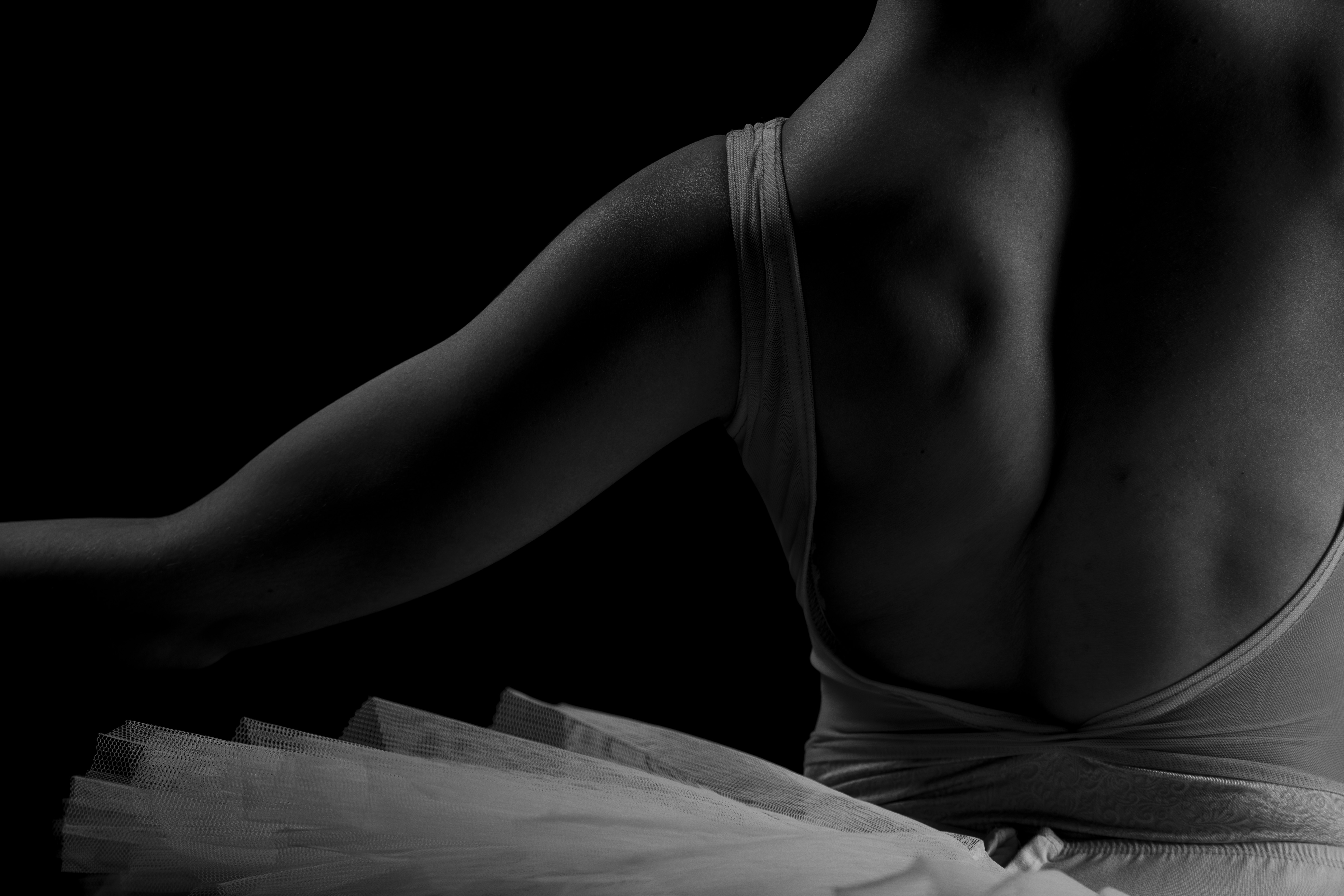
This situation only analyzes a static position of the dancer. If the dancer was to then simply move this shape in the space, there would be lines created in the space all around the dancer. This could be imagined if the dancer’s movements could be traced on the floor or if, for instance, they held a sparkler in their hand and the trace could be saved. Since the body of the dancer cannot be disconnected, each part of the body could be traced to create one long line detailing all the space and pathways that it took.

How do you use line to communicate with the body in dance?
In dance, I feel that the idea of line plays two roles. One of these roles is the lines and shapes that are created within the body and the movement. This is also the lines that are created from patterns in space or formations with a group of dancers. The space can be divided based off of these formations, and it is the way that the space is manipulated that communicates something to the audience. The other role of line within dance is the through line or progression of the piece. All the movement within a piece progresses referencing this line and thus creates a connection for the audience to remember and follow.
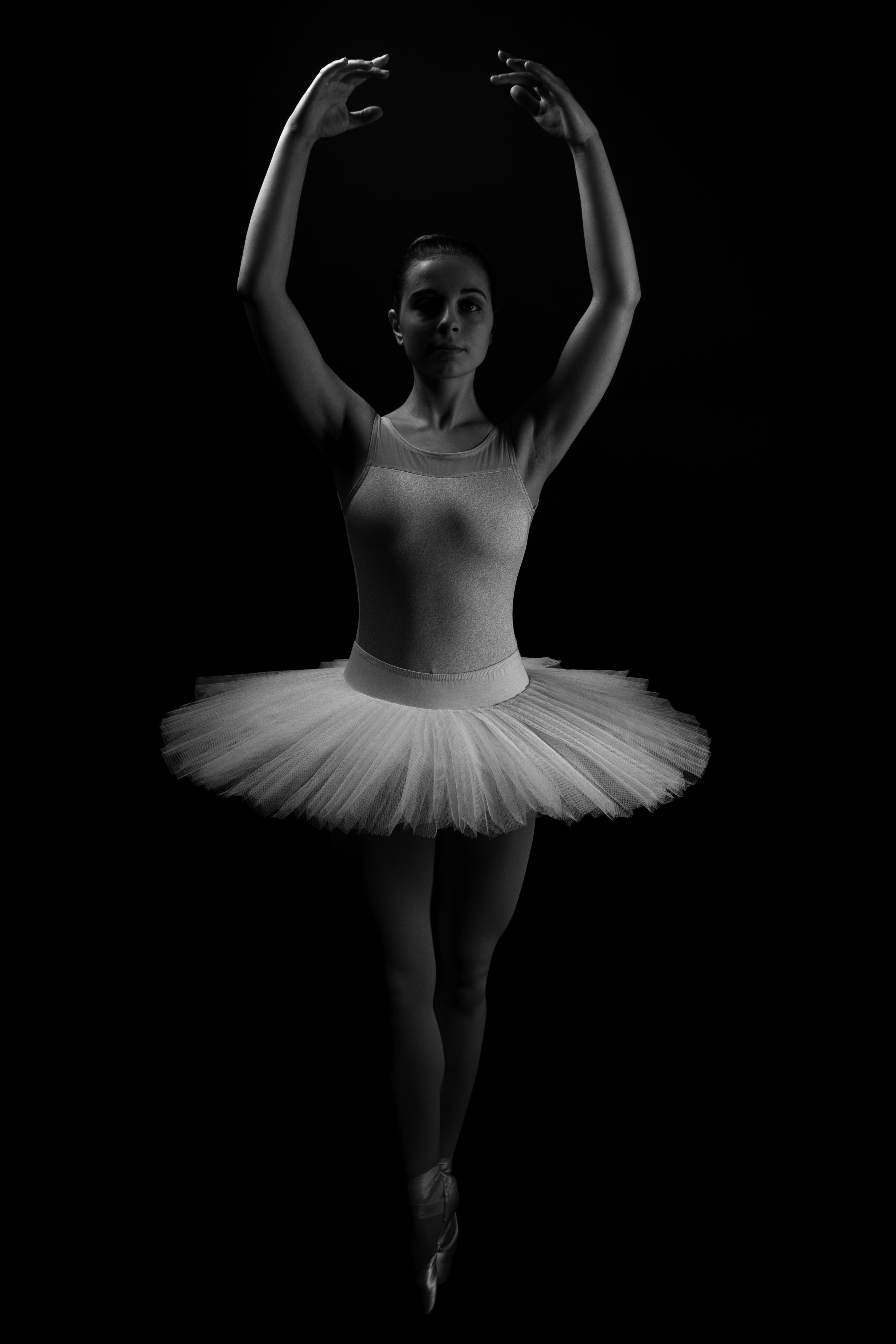
Emilia Schempp
Hometown: Normal, Illinois
Studying at SEMO: Dance and physics double-major
Year at SEMO: Senior, graduating Spring 2019
First began dancing: At age three, after her mom and grandma took her to a performance of the “Nutcracker;” her grandma gave her a certificate for her first ballet lesson for Christmas.
Why she dances: “Dancing or performing is like flying; you can’t quite explain it to those who have never done it. It’s the ability to be completely myself and share something with an audience. … In that moment, the only thing I can do is live in the movement.”
Enjoys: Academics, math, physics, problem-solving, traveling (especially to Kauai and Australia), jigsaw puzzles and spending time with family
Plans for post-graduation: Attend graduate school to continue integrating her interests
Recommends: Watching this computer-generated technique called rotoscoping that traces the lines and geometric shapes created by a dancer while in motion.
